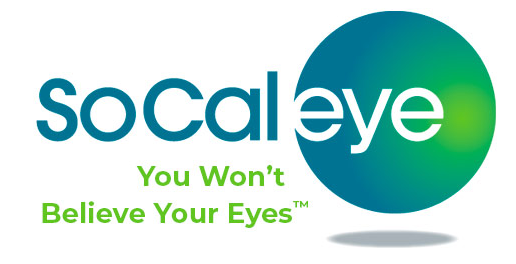
Eye Exams are a very important factor for ensuring vision health. The American Optometric Association has outlined some recommendations for how often adults and children should get an eye exam. The recommended frequency of eye exams may vary based on medical history and underlying health conditions.
How Often for Eye Exam – Adult
| Patient age (years) | Normal | At-risk |
| 18 through 39 | At least every two years | At least annually, or as recommended |
| 40 through 64 | At least every two years | At least annually, or as recommended |
| 65 and older | Annually | At least annually or as recommended |
Adults who should receive an Annual Eye Exam? (At Risk):
- A personal or family history of ocular disease.
- Systemic health conditions with potential ocular manifestations.
- Occupations that are highly demanding visually or have a high potential of being hazardous to the eyes.
- Taking prescription or nonprescription drugs with ocular side effects.
- Functional vision in only one eye.
- Wearing contact lenses.
- Eye surgery or previous eye injury.
- High or progressive refractive error.
- Other eye-related health concerns or conditions.
Patients who have undergone refractive surgery (LASIK, PRK, SMILE) should still have an eye exam every 1-2 years for monitoring of overall ocular health.
How often for Eye Exam – Pediatric
According to the AOA, parents should consider getting their Kid’s eyes tested a couple of times before 5 years of age and then annually thereafter unless there is some underlying health or vision conditions or the presence of risk factors during pregnancy that requires more frequent visits
| Patient age (years) | Asymptomatic/low risk | At-risk |
| Birth through 2 | At 6 to 12 months of age | At 6 to 12 months of age or as recommended |
| 3 through 5 | At least once between 3 and 5 years of age | At least once between 3 and 5 years of age or as recommended |
| 6 through 17 | Before first grade and annually thereafter | Before first grade and annually, or as recommended thereafter |
Factors placing an infant, toddler or child at significant risk for eye and vision problems include:
- Premature Birth, Low birth weight.
- Family History: Myopia, amblyopia, strabismus
- Infection during pregnancy
- Smoking, Alcohol or Drug Use during pregnancy.
- Difficult or assisted labor
- High or progressive refractive error.
- Strabismus.
- Academic performance problems.
- Known or suspected neurodevelopmental disorders.
- Systemic health conditions with potential ocular manifestations.
- Wearing contact lenses.
- Functional vision in only one eye.
- Eye surgery or previous eye injury.
Kids often receive Vision Screenings at school and these should not be confused with a complete vision exam. The American Optometric Association makes recommendations are specifically for Comprehensive Eye Exams. See. Eye Exam vs Vision Screenings.
SoCal Eye provides eye exams for patients in Long Beach, Seal Beach, Cerritos and Garden Grove . The SoCal Eye doctor will gladly provide recommendations for frequency of eye exams. Book an appointment today at LAKEWOOD (562) 531-2020 | LOS ALAMITOS (562) 598-7728 or send us an Online Consultation Request



